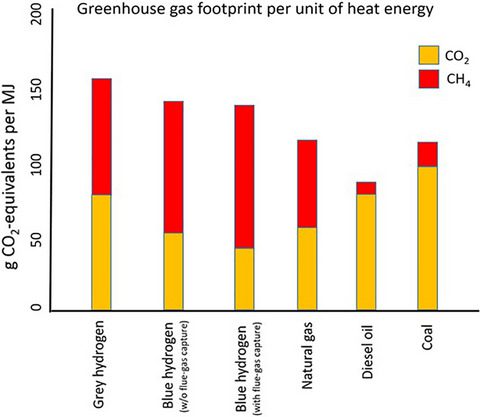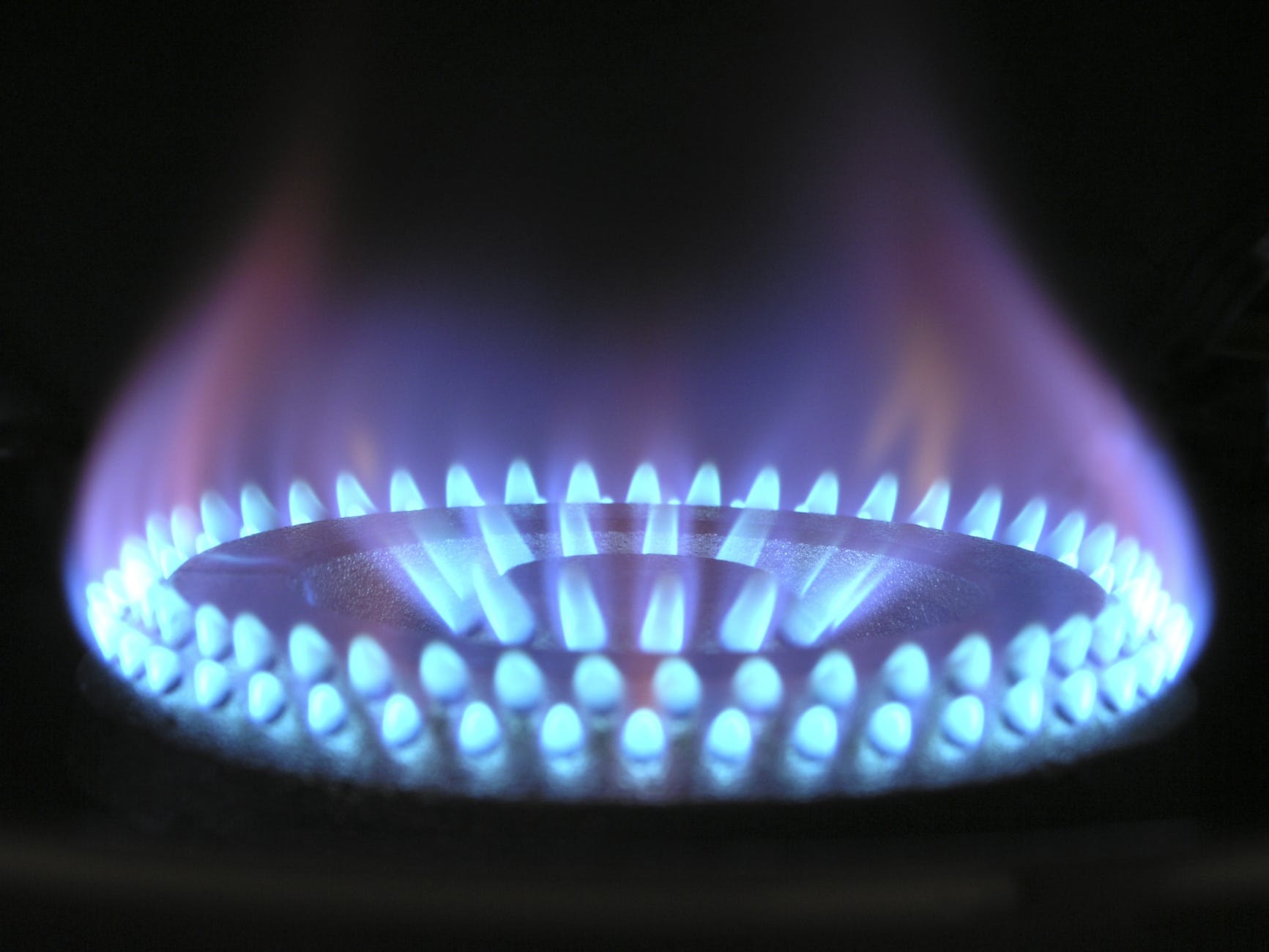A GOVERNMENT-BACKED push to heat millions of homes using hydrogen boilers risks increasing carbon emissions and speeding up global warming, a new academic paper suggests, in a blow for Boris Johnson’s green agenda.
Clueless ministers are scrambling to shore up a key part of the country’s net zero carbon strategy after the findings in a peer-reviewed study suggested that even hydrogen produced using allegedly low-emission methods can be more polluting than gas or coal. Ask any A level chemistry student with or without an A* grade will tell you the bond in H20 is might strong and getting the pesky the H molecules to leave O is no easy task.
The research threatens to further jeopardise plans for a block on the sale of new natural gas boilers in the UK from the mid-2030s. It came as the Financial Times reported that the Government is backing away from this ban due to concerns over what it will cost householders.
After being contacted about the concerns in a paper entitled How green is blue hydrogen? published this morning in the journal Energy Science and Engineering, the Government pledged to consult on new rules to ensure low-carbon processes are used to produce hydrogen. This potentially creates hurdles for oil and gas majors such as Shell and BP, which have put production of the gas at the heart of their plans to go green.

The report notes
“The vast majority of hydrogen (96%) is generated from fossil fuels, particularly from steam methane reforming (SMR) of natural gas but also from coal gasification. In SMR, which is responsible for approximately three quarters of all hydrogen production globally, heat and pressure are used to convert the methane in natural gas to hydrogen and carbon dioxide. The hydrogen so produced is often referred to as “gray hydrogen,” to contrast it with the “brown hydrogen” made from coal gasification. Production of gray hydrogen is responsible for 6% of all natural gas consumption globally. Hydrogen can also be generated by electrolysis of water. When such electricity is produced by a clean, renewable source, such as hydro, wind, or solar, the hydrogen is termed “green hydrogen.” In 2019, green hydrogen was not cost competitive with gray hydrogen, but that is changing as the cost of renewables is decreasing rapidly and electrolyzers are becoming more efficient. Still, the supply of green hydrogen in the future seems limited for at least the next several decades.”
What does the EC think?
The EC’s strategy backs green or “renewable” hydrogen — produced without releasing emissions — over “blue”, produced from natural gas and using carbon capture and storage technology to deal with the emissions. Hydrogen does not produce C02 emissions when burned, and so is being touted as a replacement for fossil fuels in everything from heavy industry to aviation and home heating.
But Corporate Europe Observatory says “concerted lobbying” by the gas industry has ensured that for the next few decades at least, Europe’s hydrogen push will be powered by fossil fuels more than renewable electricity.
Others argue that producing green hydrogen via electrolysis is an extremely inefficient way of using renewable electricity. There is an immediate energy loss, to break the chemical bond between oxygen and hydrogen, of 30 per cent and there are further inefficiencies depending on how it is then deployed.
“For most of the suggested uses of the green electricity-based hydrogen [at least] around half of the energy in the green electricity is lost,” says Jorgen Henningsen, senior adviser at the European Policy Centre, a think-tank. “Green electricity is a commodity [that will be] in short supply within Europe for many years to come . . . it doesn’t make sense from a climate policy point of view to waste half, or more, of the green electricity for producing
Currently the fuel is most commonly produced by extracting it from natural gas and this process is a huge source of emissions. Manufacturers are planning to deal with this by attaching plants to carbon capture facilities that stash the green house gases created underground, generating what is known as “blue hydrogen”.
The new paper warns that no carbon capture system developed so far is currently mopping up all emissions. Carbon capture is also energy-hungry in itself, they add, while producing natural gas also leads to methane emissions.
The paper says:
“Perhaps surprisingly, the greenhouse gas footprint of blue hydrogen is more than 20pc greater than burning natural gas or coal for heat and some 60pc greater than burning diesel oil for heat.
“Our analysis assumes that captured carbon dioxide can be stored indefinitely, an optimistic and unproven assumption. Even if true though, the use of blue hydrogen appears difficult to justify on climate grounds.”
The study was led by Prof Robert Howarth at Cornell University and received funding from the Park Foundation in the US, which wants there to be a “managed decline” in fossil fuels and resists new oil and gas drilling.
Prof Howarth draws on carbon capture rates at existing projects, of which there are few. His core findings are based on using fossil fuels to produce electricity to power carbon capture, and he concedes emissions would be significantly lower if renewable power is used.
The paper is likely to spark fierce debate over the future of hydrogen in the UK. Carbon capture systems are not yet in place at scale here. The main alternative way to generate hydrogen is from water using electrolysis, which is currently expensive, although producers are trying to bring the cost down.
Many activists have expressed concerns that oil and gas firms are promoting blue hydrogen to prolong the life of their gas business. BP is working on a blue hydrogen facility in Teesside.
The Government wants the UK to be producing 5GW of “low-carbon” hydrogen by 2030 as part of its wider aim of hitting net zero in 2050, but has not specified whether this will be from natural gas or electrolysis. It plans to produce a hydrogen strategy shortly.
It’s a gas
Still hard to see how we can moved away from Gas as the major heat source for the UK housing stock. Gas pipelines exist and Gas is pretty efficient at generating heat where it is required. Converting that to Hydrogen is never going to work at an economic or energy efficiency calculation. Switching to Heat Pumps would be a more effective solution but will be mighty costly to implement.





